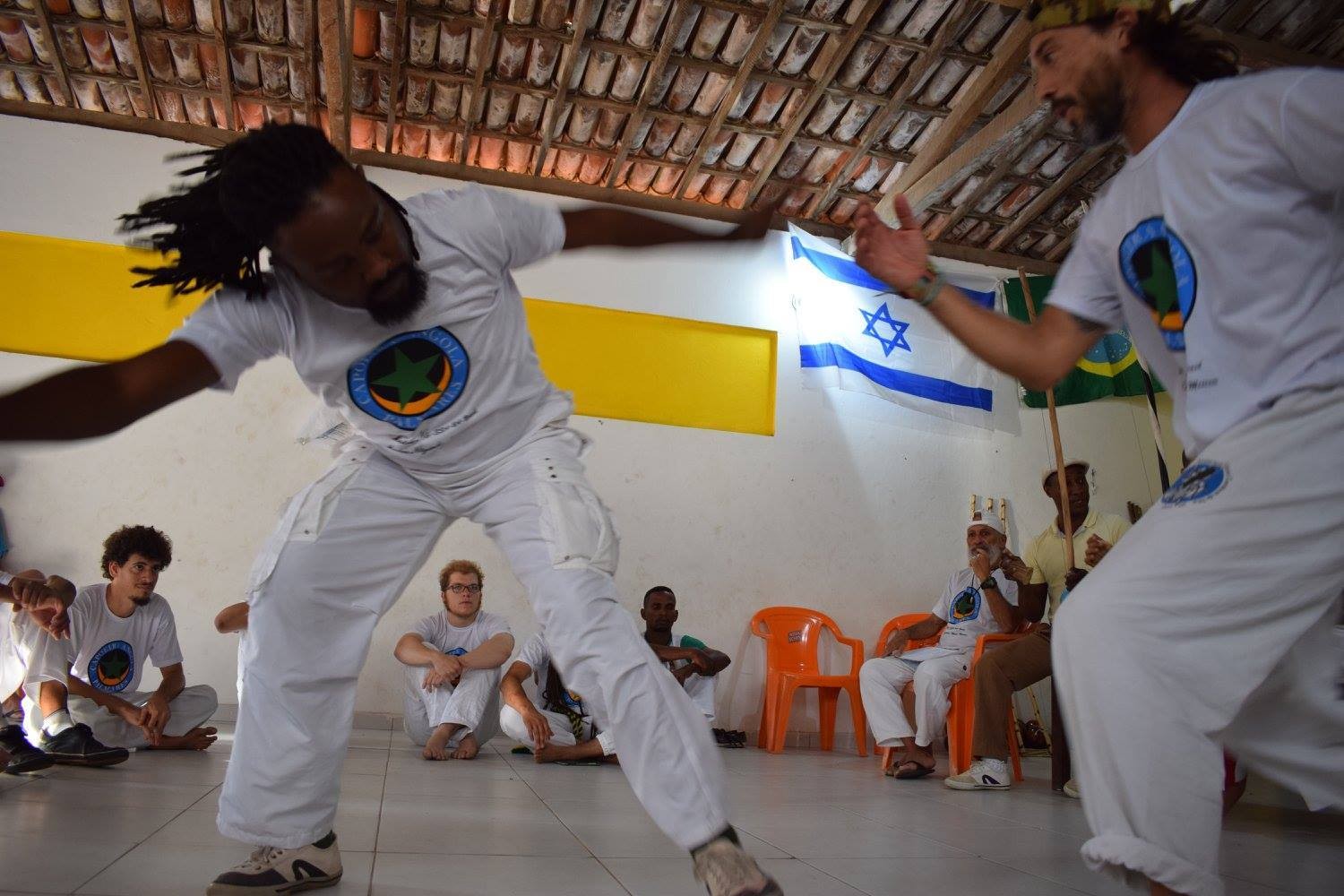(503)449.9091 (503)309-3285

(503)449.9091 (503)309-3285


These are not as cut and dry as one might think - However, we have successfully done this year after year,. We ere able to adjust to the pandeic, and keep sponsorship happening - in a socially distanced way - while doing a needful service for the donors and the community at large.
The Deal
We train your volunteers - They start with us volunteering for our not-for-profit
This way we work out the kinks before they start working on yours. This will save your nonprofit from creating work, and dealing with donation hours killed (when the solutions are already in place.
Then we review how your people did - and if they were able to stick with the simplicity of the best practices - and make note of any innovations someone may have comeup with.
Then we volunteer for your fundraising effort - once a week for at least three weeks
If we can get people up to speed in one session, then we get them started on your work - If they need more time to learn to follow the directions and trust the directions - then we will work more with them on ours program before switching them over to you.
We will also let you know if we think that not using a particular volunteer is prudent. We can also figure out what job or job/tasks in the process best suites the personality from one volunteer to another on a case-by-case basis.
Four weeks into your program - your volunteers help us train the volunteers of another not-for-profit and recieve a certification from our Omsbudsmen.
The resources are at your disposal _ But knowing how to use them is key
This best practices training is free